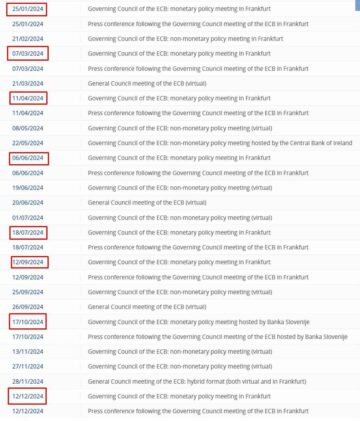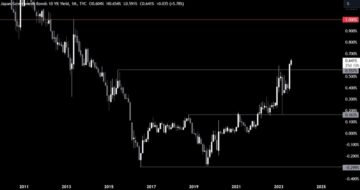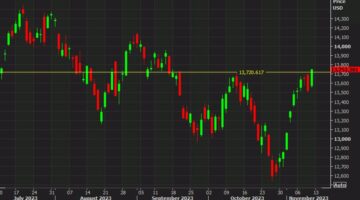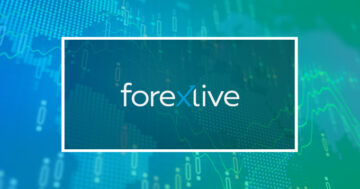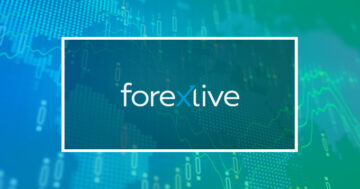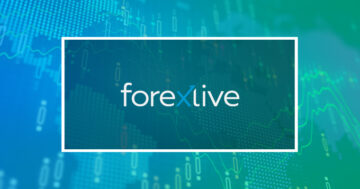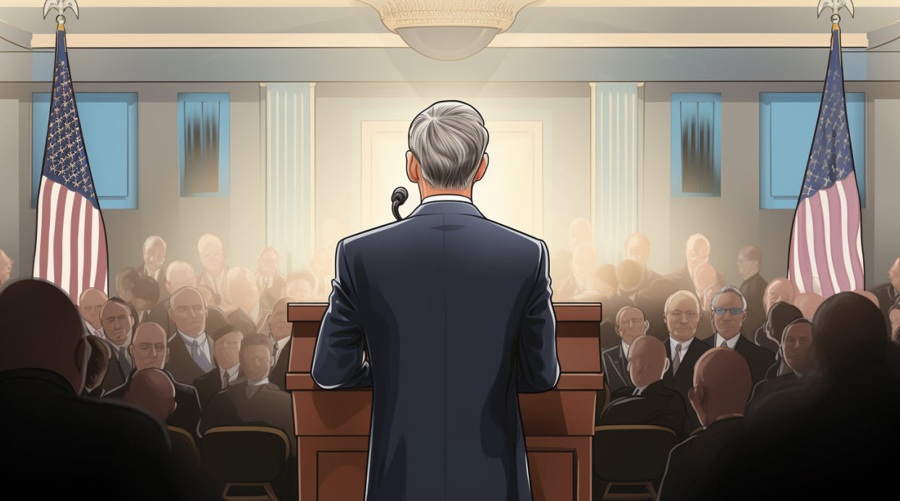
Nick Timiraos in the Wall Street Journal over the weekend says to expect higher rates ahead.
- Despite the Federal Reserve’s raising interest rates to a 22-year high, the economy remains surprisingly resilient, with estimates putting third-quarter growth on pace to easily exceed its 2% trend. It is one of the factors leading some economists to question whether rates will ever return to the lower levels that prevailed before 2020 even if inflation returns to the Fed’s 2% target over the next few years.
At issue is what is known as the neutral rate of interest.
And goes on:
- Every quarter, Fed officials project where rates will settle over the longer run, which is in effect their estimate of neutral. The median estimate declined from 4.25% in 2012 to 2.5% in 2019. After subtracting inflation of 2%, that yielded a real neutral rate (sometimes called “r*” or “r-star”) of 0.5%. In June, the median was still 0.5%.
- But while the median hasn’t changed, some officials’ estimates have been creeping up. In June, seven of 17 officials’ estimates were above 0.5% and only three were lower. A year earlier, eight were below 0.5% and two were above.
WSJ link is here, gated.
—
The big Federal Reserve even this week is the Jackson Hole Symposium. Federal Reserve Chair Powell will be speaking:
The neutral rate of interest, often referred to as the “natural rate of interest” or
r ∗ (r-star), is a concept in monetary economics. It represents the hypothetical interest rate at which the economy is neither expanding nor contracting, but instead operating at its full potential, or “equilibrium”. When the economy is at this point, both inflation and employment are stable, and monetary policy is neither stimulative nor contractionary.
Key points:
- The neutral rate of interest is a theoretical construct and is not directly observable. It can’t be measured with precision but can be estimated using various models.
- The neutral rate can change over time due to various factors, such as shifts in demographics, changes in technology, and global economic conditions.
- Central banks, like the Federal Reserve in the U.S., pay attention to estimates of the neutral rate. When the policy rate (like the federal funds rate in the U.S.) is above the neutral rate, monetary policy is considered contractionary, which can slow down the economy and reduce inflation. Conversely, when the policy rate is below the neutral rate, monetary policy is considered expansionary, which can stimulate economic activity and potentially increase inflation.
Factors Influencing the Neutral Rate:
- Productivity Growth: Higher productivity growth can increase the neutral rate because it boosts the economy’s growth potential.
- Demographics: An aging population can lower the neutral rate as older individuals might have a higher propensity to save and a lower propensity to invest.
- Risk Appetite: A higher appetite for risk in the economy can lead to more investment opportunities and can push up the neutral rate.
- Global Factors: In an interconnected world, factors such as global savings and investment patterns can influence the neutral rate.
In the years following the 2008 financial crisis, many economists believe that the neutral rate of interest has been relatively low in many advanced economies. Reasons often cited include an aging population, lower productivity growth, increased savings (especially in emerging economies), and heightened economic uncertainties.
- SEO Powered Content & PR Distribution. Get Amplified Today.
- PlatoData.Network Vertical Generative Ai. Empower Yourself. Access Here.
- PlatoAiStream. Web3 Intelligence. Knowledge Amplified. Access Here.
- PlatoESG. Automotive / EVs, Carbon, CleanTech, Energy, Environment, Solar, Waste Management. Access Here.
- PlatoHealth. Biotech and Clinical Trials Intelligence. Access Here.
- ChartPrime. Elevate your Trading Game with ChartPrime. Access Here.
- BlockOffsets. Modernizing Environmental Offset Ownership. Access Here.
- Source: https://www.forexlive.com/centralbank/wall-street-journal-fed-insider-timiraos-expects-higher-fed-neutral-rate-ahead-20230820/
- :has
- :is
- :not
- :where
- $UP
- 17
- 2%
- 2008
- 2008 Financial Crisis
- 2012
- 2019
- 2020
- a
- above
- activity
- advanced
- After
- Aging
- ahead
- an
- and
- appetite
- ARE
- AS
- At
- attention
- Banks
- BE
- because
- been
- before
- believe
- below
- Big
- boosts
- both
- but
- called
- CAN
- Chair
- change
- changed
- Changes
- cited
- concept
- conditions
- considered
- construct
- contracting
- conversely
- crisis
- Demographics
- directly
- down
- due
- Earlier
- easily
- Economic
- Economic Conditions
- Economics
- economies
- economists
- economy
- effect
- eight
- emerging
- employment
- Equilibrium
- especially
- estimate
- estimated
- estimates
- Even
- EVER
- exceed
- expanding
- expect
- expects
- factors
- Fed
- Federal
- Federal Funds Rate
- federal reserve
- Federal Reserve’s
- few
- financial
- financial crisis
- following
- For
- from
- full
- funds
- gated
- Global
- Global Economic
- Goes
- Growth
- growth potential
- Have
- heightened
- High
- higher
- Hole
- HTTPS
- if
- in
- include
- Increase
- increased
- individuals
- inflation
- influence
- influencing
- Insider
- instead
- interconnected
- interest
- INTEREST RATE
- Interest Rates
- Invest
- investment
- investment opportunities
- issue
- IT
- ITS
- Jackson
- jackson hole
- Jackson Hole Symposium
- journal
- jpg
- june
- known
- lead
- leading
- levels
- like
- LINK
- longer
- Low
- lower
- many
- measured
- might
- models
- Monetary
- Monetary Policy
- more
- Natural
- Neither
- Neutral
- next
- nor
- of
- officials
- often
- older
- on
- ONE
- only
- operating
- opportunities
- or
- over
- Pace
- patterns
- Pay
- plato
- Plato Data Intelligence
- PlatoData
- Point
- points
- policy
- population
- potential
- potentially
- Powell
- Precision
- productivity
- project
- Push
- Putting
- Quarter
- question
- R
- raising
- Rate
- Rates
- real
- reasons
- reduce
- referred
- relatively
- remains
- represents
- Reserve
- reserves
- resilient
- return
- returns
- Risk
- Run
- s
- Save
- Savings
- says
- settle
- seven
- Shifts
- slow
- some
- speaking
- stable
- Still
- street
- such
- Symposium
- T
- Target
- Technology
- that
- The
- The Wall Street Journal
- their
- theoretical
- this
- this week
- three
- time
- to
- Trend
- two
- u.s.
- uncertainties
- using
- various
- Wall
- Wall Street
- Wall Street Journal
- was
- week
- weekend
- were
- What
- What is
- when
- whether
- which
- while
- will
- with
- world
- WSJ
- year
- years
- yielded
- zephyrnet

